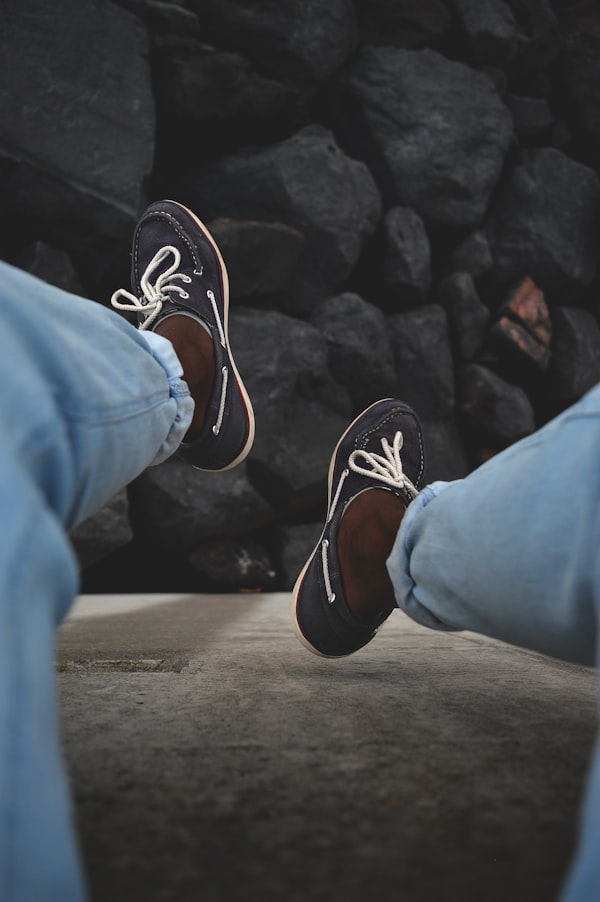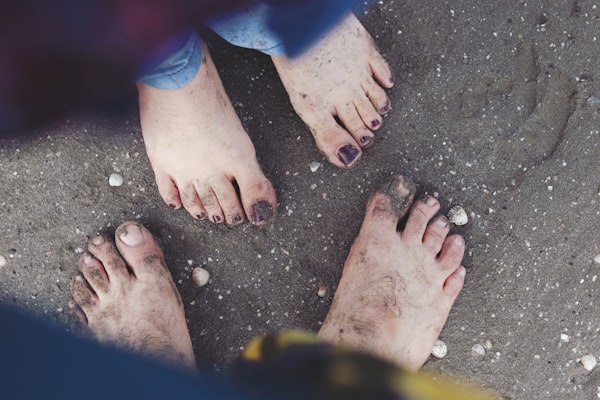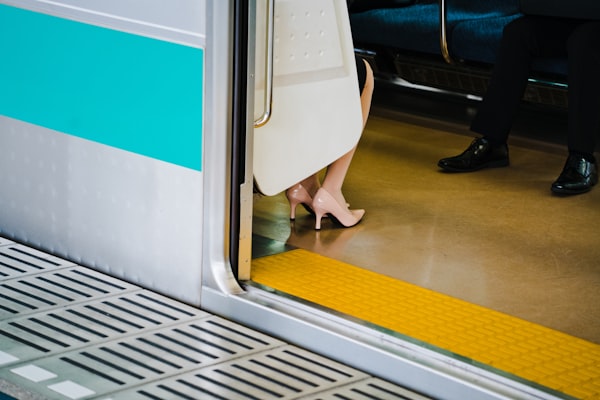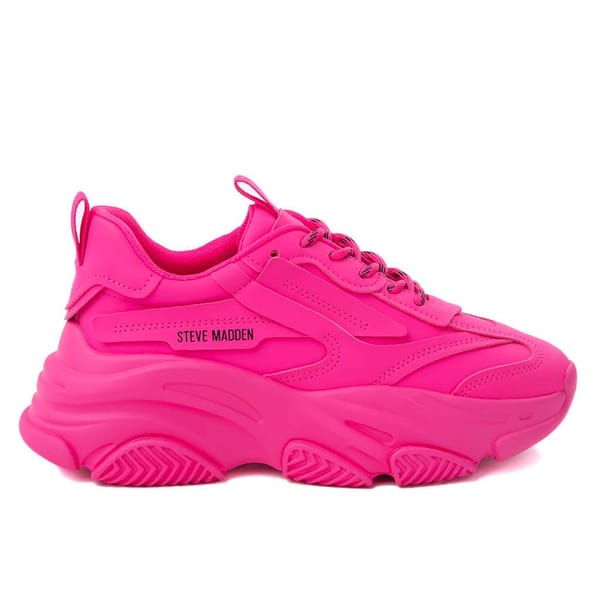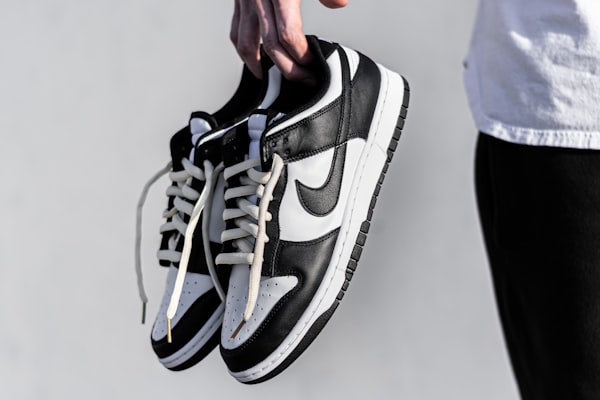Are you tired of slipping and sliding around in your running shoes, feeling like you're one step away from a wipeout every time you hit the pavement?
Well, fear not, fellow runners, because today, we dive headfirst into the world of non-slip running shoes. That's right. We will find out if these shoes are worth the investment or if they're just another gimmick in the ever-growing world of athletic footwear.
After all, who doesn't want to feel confident and secure on their runs? You can easily take on any terrain with the right shoes without fearing slipping and sliding everywhere.
So, let's lace up our shoes and hit the ground running as we explore everything you need to know about non-slip running shoes. Then, get ready to step up your game and take your running to the next level.
What Makes Running Shoes Non-Slip?
Many running shoes are designed for good traction on surfaces, including asphalt, concrete, and trails. They may have rubber soles or other materials that offer a good grip. Some may have specific features like lugs or grooves in the tread to improve traction on rough terrain.
However, it's important to note that even the best running shoes may not be completely slip-proof, particularly on wet or slippery surfaces. So let's discuss the various factors that make running shoes non-slip.
1. Sole Materials
Different sole materials can offer varying levels of slip resistance. For example, rubber soles are often used in running shoes for durability and grip. Additionally, some manufacturers may use specialized materials or coatings to enhance the slip resistance of their running shoes.
2. Tread Patterns
A running shoe's tread pattern design can also significantly affect its slip resistance. Tread patterns with deeper grooves or lugs offer more traction and grip, particularly on uneven surfaces like trails. Additionally, some running shoes may feature specific patterns or designs optimized for different terrain types.
3. Grip
The slip resistance of running shoes is significant in wet or slippery conditions. Running shoes with good grip can help prevent slipping and falling, which can be especially dangerous when running on wet or icy surfaces.
A combination of factors contributes to the slip-resistance of running shoes. For example, the sole material and tread pattern are both important considerations, as is the grip provided by the shoe in different weather conditions. As a result, runners can stay safe and perform their best on various surfaces by choosing a running shoe with good slip resistance.

Are Non-Slip Running Shoes Worth the Investment?
When considering whether to invest in non-slip running shoes, it's essential to weigh the benefits against the cost. So let's discuss the value of non-slip running shoes and whether they are worth the investment.
Non-slip running shoes may cost slightly more than regular running shoes. However, the additional cost is often justified by the enhanced slip resistance and safety benefits of non-slip shoes.
The benefits of non-slip running shoes include enhanced safety, improved running performance, and prevention of injuries. Non-slip shoes can help prevent slips and falls, which can be especially important for runners training on challenging terrain. Additionally, improved traction and grip can help runners maintain proper form and stride, improving overall performance. Finally, non-slip shoes can help prevent injuries, such as sprains and strains, by providing a more stable base for the foot.
Customer reviews can provide valuable insights into the effectiveness of non-slip running shoes. For example, many runners report that non-slip shoes significantly improve traction and grip, leading to a more secure and enjoyable running experience.
While non-slip running shoes may come at a slightly higher cost than regular running shoes, their benefits are well worth the investment. Enhanced safety, improved performance, and injury prevention are all critical considerations for serious runners, and non-slip shoes can help address these concerns. In addition, by investing in a high-quality pair of non-slip running shoes, runners can feel confident and secure on various surfaces and weather conditions.
How to Choose the Right Non-Slip Running Shoes
Choosing the right non-slip running shoes is essential to ensuring a comfortable and safe running experience. Below are the factors to consider when selecting non-slip shoes, the importance of proper fit, and common mistakes to avoid.
Proper fit is crucial when choosing any running shoe, but it's vital for non-slip shoes. A poorly-fitting shoe can compromise the shoe's slip-resistance and may even increase the risk of slipping and falling. When selecting non-slip shoes, try on multiple sizes and styles to find the perfect fit.
When selecting non-slip shoes, it's essential to consider factors such as the type of surface you'll be running on, the climate and weather conditions, and your running style. Additionally, factors such as the shoe's weight and breathability can also impact your running experience.
One common mistake when selecting non-slip shoes is assuming that all non-slip shoes are created equal. While slip resistance is important, it's not the only consideration when choosing a running shoe. Additionally, some runners may make the mistake of choosing a shoe based solely on appearance or brand name without considering the shoe's slip-resistance and other essential factors.
Selecting the right non-slip running shoes requires careful consideration of multiple factors. Proper fit is crucial, as is considering factors such as the type of surface you'll be running on, the weather conditions, and running style. By avoiding common mistakes and selecting the perfect non-slip shoe, runners can enjoy a safe, comfortable, and effective running experience.
Top Picks: Which Non-Slip Running Shoes to Consider
Many non-slip running shoes are available on the market, and the right choice will depend on your individual needs and preferences. Here are a few options to consider:
1. Brooks Ghost 14: This shoe features a durable rubber sole with a tread pattern optimized for traction and grip on various surfaces.
2. Asics Gel-Kayano 28: This shoe features a rubber sole with a patterned tread for improved grip and traction. It also has a comfortable, supportive fit- perfect for runners with overpronation.
3. New Balance Fresh Foam 1080v11: This shoe boasts a slip-resistant rubber sole with a unique tread pattern designed for optimal grip on wet or slippery surfaces.
4. Nike Air Zoom Pegasus 38: This shoe features a rubber sole with a waffle-patterned tread that provides excellent traction and grip. It also has a comfortable, cushioned design- great for long-distance running.
5. Hoka One One Bondi 7: This shoe features a durable rubber sole with a tread pattern that offers excellent traction and grip. It also has a cushioned, supportive design- perfect for runners with high arches.
Remember, the best non-slip running shoe for you will depend on your needs, so it's important to try multiple styles and brands to find the perfect fit.
How to Maintain the Slip-Resistance of Running Shoes
To ensure that non-slip running shoes retain their slip-resistant qualities, it's essential to properly care for and maintain them. So let's discuss the proper care and cleaning of running shoes and when to replace them for maximum slip-resistance.
Proper Care and Cleaning of Running Shoes
Proper care and cleaning can help prolong the slip resistance of running shoes. It's essential to regularly clean the shoes to remove dirt and debris that can affect the shoe's grip. Check out a few of our recent articles with tips and tricks to help with proper shoe care and cleaning.


Additionally, storing the shoes in a cool, dry place can help prevent damage to the sole and maintain the shoe's slip-resistance. Check out a few recent articles to help you choose and maintain the perfect shoe storage system.

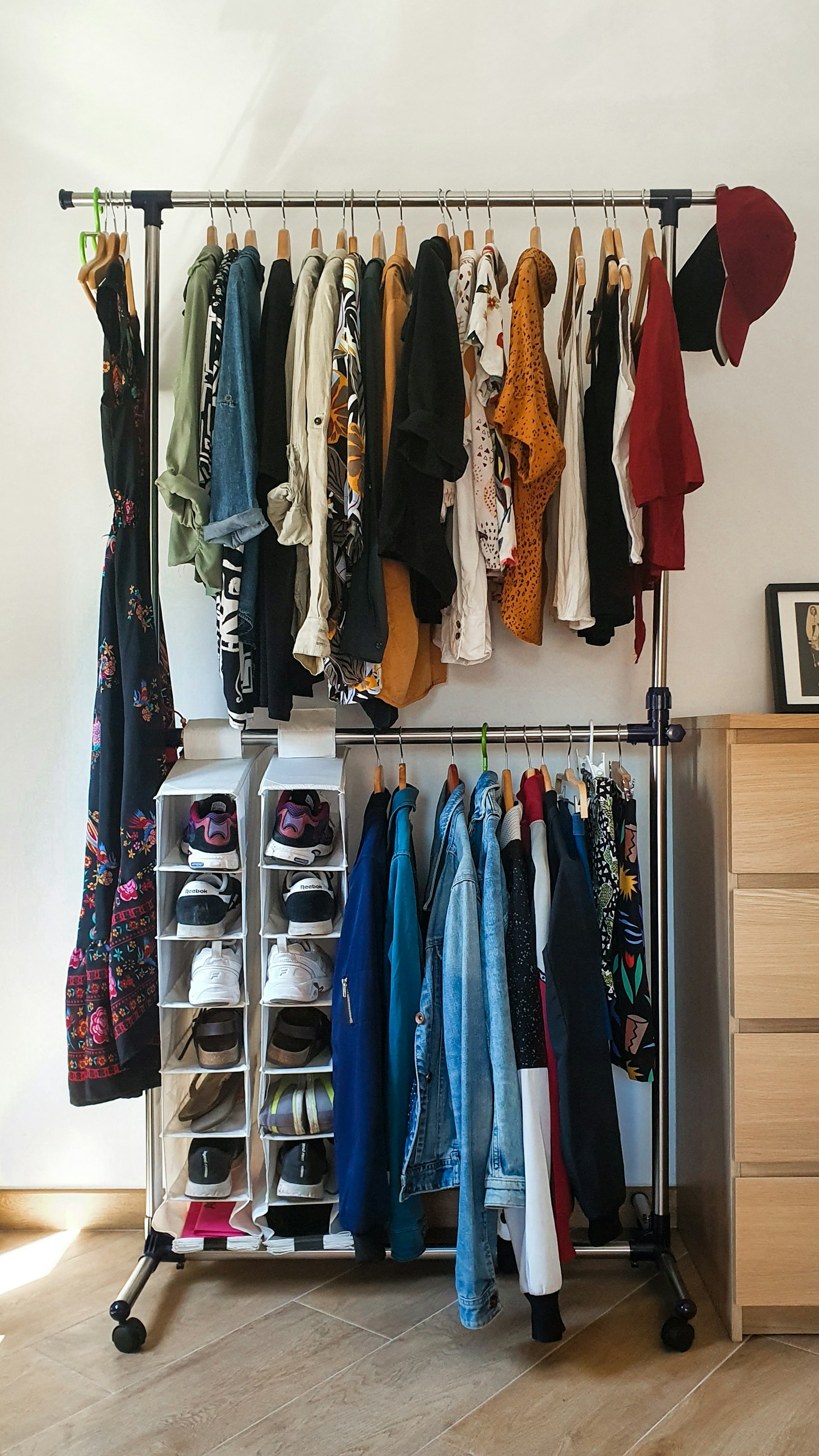
When to Replace Running Shoes for Maximum Slip-Resistance
Even the best running shoes will eventually lose their slip-resistant qualities with use. When the shoe's tread becomes worn down, the shoe will no longer provide adequate grip and traction. Replacing running shoes before this happens is essential, ensuring maximum slip resistance and running safety.
Proper care and maintenance of non-slip running shoes are essential to retaining their slip-resistant qualities. Regular cleaning and proper storage can help prevent damage to the sole. In addition, replacing shoes when the tread becomes worn down can ensure maximum slip resistance and running safety. By taking care of their non-slip running shoes, runners can enjoy a safe and effective running experience.
Tips From Our Editors
- It's a good idea to replace your running shoes every 300-500 miles, regardless of whether or not they feel worn down. This is because the cushioning and support in the shoes can wear out over time, leading to discomfort or injury.
- Take the time to break in running shoes. Running shoes that fit correctly and are broken in properly can prevent injuries and perform optimally on the road or trail.
- If you have running shoes that you adore but are not slip-resistant, techniques are available to make them slip-proof. Check out our recent tutorial to walk you through some of these techniques.

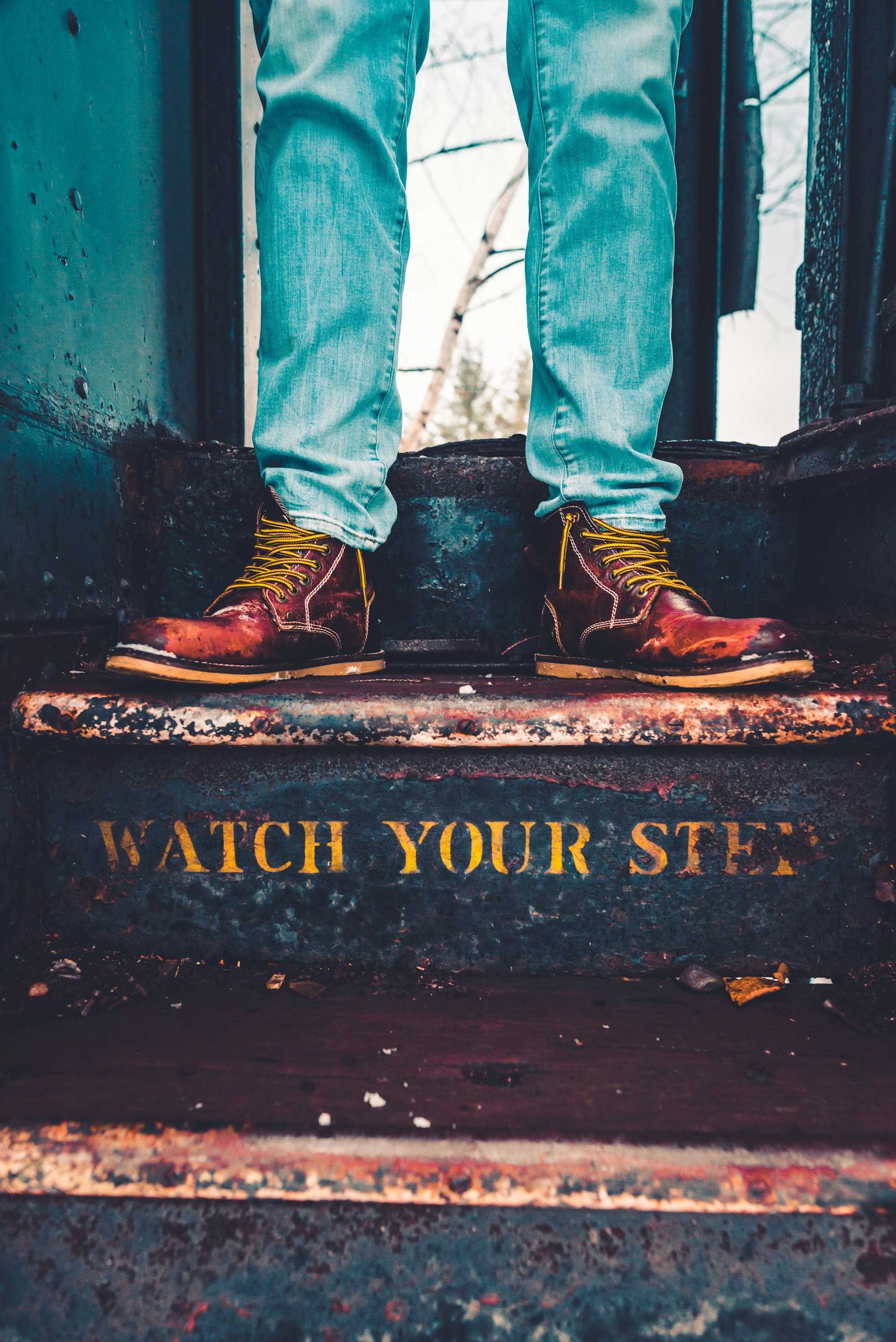
On a Final Note
Non-slip running shoes are no longer just a trend. They're a necessity for serious runners. You can confidently hit the ground running without worrying about slipping and sliding everywhere with the right pair of shoes.
So, invest in non-slip shoes, and keep your feet confidently gripping the ground.
After all, the only thing you want slipping is your competition as you speed past them to the finish line.
Related Articles








